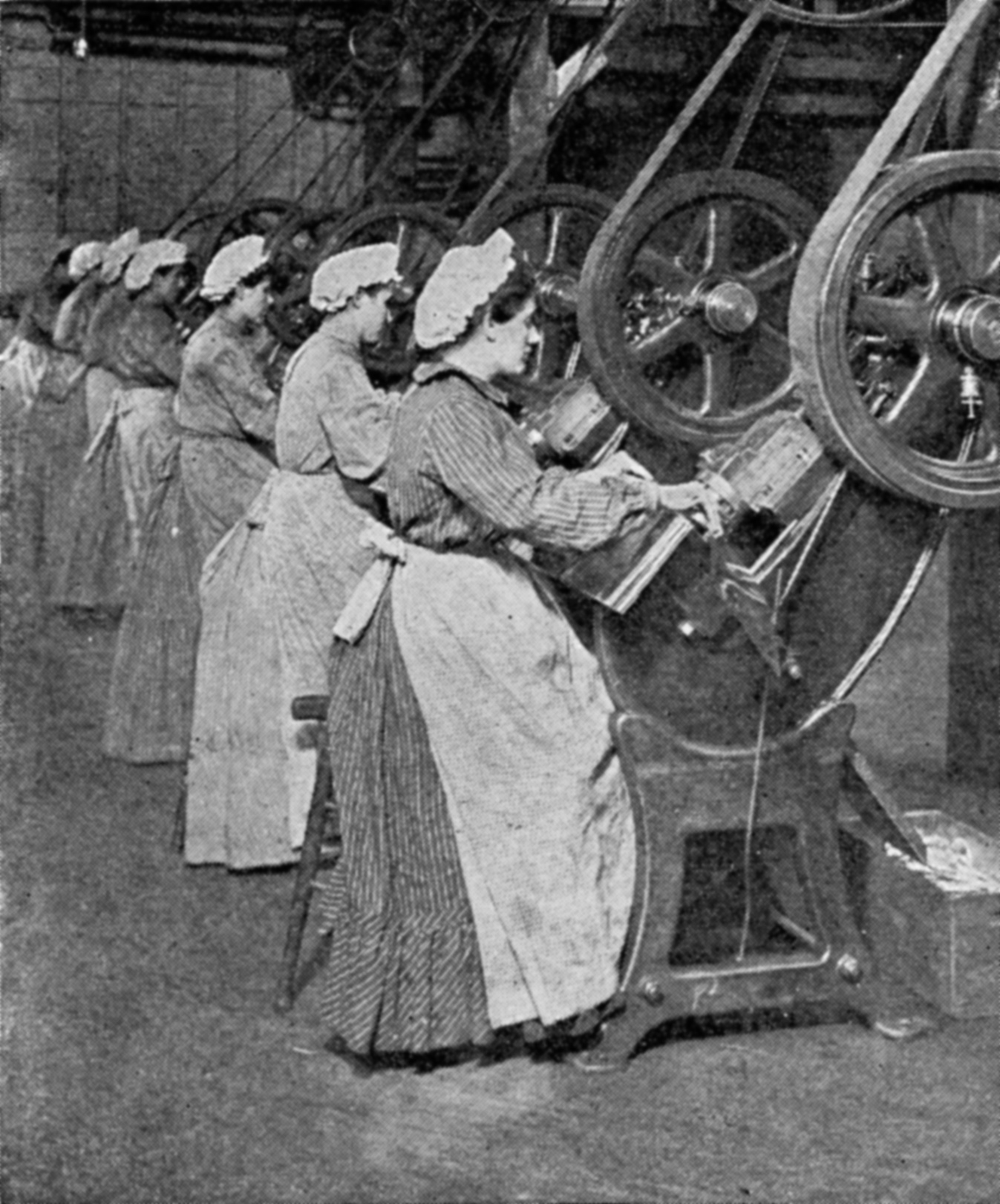Beauty, utility, method, and energy
While browsing through an old book, 300 Things a Bright Girl Can Do, I came across an interesting quotation. But before I share it, I'll swing a broad brush and paint a very rough picture of the United States 110 years ago, about the time that the book was written and published.
- America had just concluded the Spanish American War. Teddy Roosevelt and the Roughriders were war heroes. Now Teddy Roosevelt was talking about a canal through the Isthmus of Panama.
- The population of the United States was growing rapidly through immigration, especially from Europe. Ellis Island was one of the main entry points.
- The Hull House in Chicago was teaching immigrants, organizing children's clubs, and holding free lectures and concerts.
- Homesteaders were still staking their claims on designated public lands in the western states.
- Automobiles had recently been invented, and Wilbur and Orville Wright were working on an airplane. The pneumatic hammer, gas and steam turbines, radio, and the Brownie camera were all brand-new wonders.
- Monopolies in steel, the railroads, and other industries were under attack. The government's weapon was the Sherman Anti-Trust Act.
- Factory and mine workers, expected to perform like machines, were organizing into unions and striking for better wages and working conditions.
Now, here are the sentences that caught my attention. Writer Lilla Elizabeth Kelley is describing changes in turn of the century America (1900 A.D.) to an unseen audience of "bright girls". Kelley connects several diverse conditions, concepts, and changes in American culture -- the labor movement, immigration, American exceptionalism, inventiveness, a recognition of the need for beauty, a respect for craftsmen -- all within a few, high-minded sentences.
A love and desire for the beautiful, like a great wave, is sweeping over the country. The time has come for all workers to unite beauty and utility, and the people of the United States are peculiarly fitted to do this.
From Europe many of the best craftsmen have come, seeking homes and opportunities in the new world. The fusion of European methods and American energy, ambition, and quickness of perception must develop art and originality, taking the sordidness from labor, and making the ideal practical.
Quoted from: 300 Things a Bright Girl Can Do (p.369) by Lilla Elizabeth Kelley, published in Boston by Dana Estes & Company, 1903.
 |
| Workers in the H. J. Heinz can factory stamping out end discs (Wikimedia Commons image) |
2 comments:
Interesting as I'v spent much time looking at vintage items from the early 1900s lately. Also, I like your new profile photo.
The profile photo is cropped out of one of the wedding photos. I think the last one was cropped out of a funeral photo. I am only photographed at major events, it seems.
Post a Comment